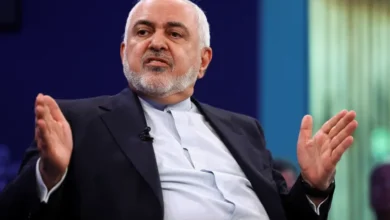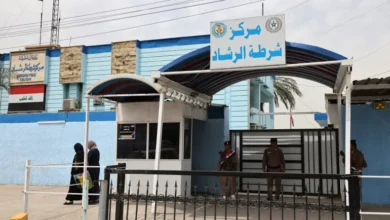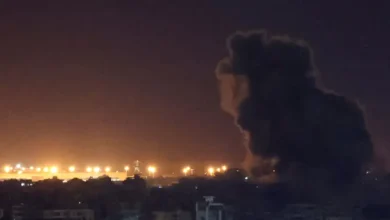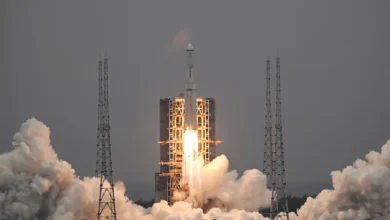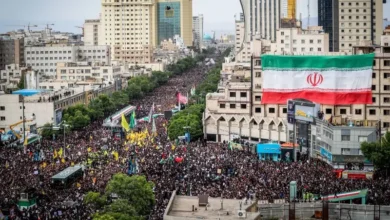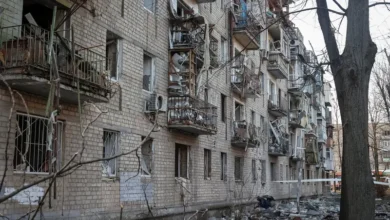Bangladesh’s ‘missing billionaires’: A wealth boom and stark inequality
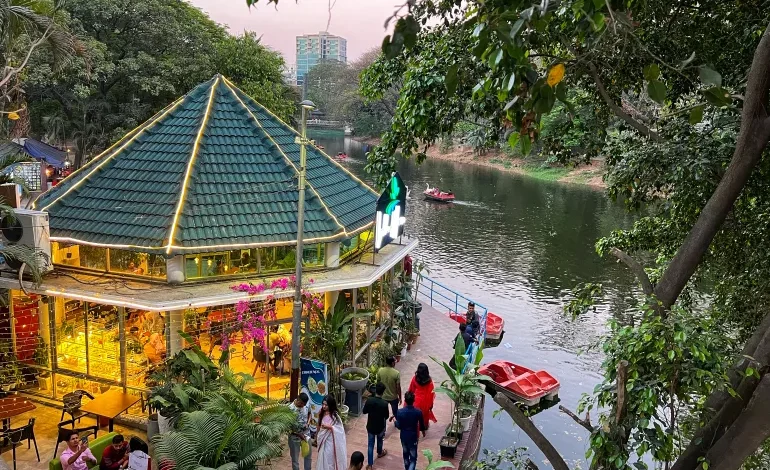
Abutting the posh Gulshan Club and overlooking the serene Gulshan Lake in Bangladesh’s capital Dhaka, a 14-storey building is nearing completion.
Construction workers clad in orange helmets and neon harness belts are detailing the finishing touches as the building’s ornate facade glistens against its monochromatic concrete and glass backbone.
This building, known simply as Three, is being constructed by the elite Bangladeshi real estate developer BTI and is arguably the most expensive residential apartment building ever built in the South Asian nation.
Aside from having the most sought-after zip code, the 12 apartments – each spanning a whole floor of more than 7,000sq-foot (650sq-metre) – are stocked with a range of modern amenities and gadgets, including biometric security systems for locks and elevators and AI-based lighting for efficiency.
All the apartments were sold even before the construction started, even with a whopping base price tag of 200 million taka or $2.5m until 2021 (the taka has since devalued, bringing the price of the apartments down to $1.8m).
Since BTI chairman Faizur Rahman Khan also bought a flat in the building, the company carefully screened the other potential owners from the more than 50 applications it received, predominantly from businessmen in the city.
Bangladesh’s rising disposable income is not unknown. Crowded shopping malls, such as Jamuna Future Park, one of the largest in South Asia, and new billboards advertising everything from packaged foods to cars and smartphones are all evidence of it.
But this BTI building, perhaps more than anything else, speaks of the growing wealth of Bangladesh’s rich, a handful of the country’s 180 million people.
A Boston Consulting Group (BCG) study indicated that, while the nation’s middle-income and affluent consumer (MAC) class is expanding rapidly – predicted to reach 17 percent of the population by 2025, the country’s wealth disparity is simultaneously deepening.
It is a symptom of the nation transitioning from an “economic basket case” – as it was once called by former US Secretary of State Henry Kissinger – to a fast-growing economy, but one grappling with a growing divide between rich and poor.
In Bangladesh, the wealthiest 10 percent of the population now controls a disproportionate 41 percent of the nation’s total income, while the bottom 10 percent receives a meagre 1.31 percent, according to government data.
The rise of the millionaires
New York-based research firm Wealth-X identified Bangladesh as the global leader in wealth growth from 2010 to 2019.
The study (PDF) indicated a remarkable 14.3 percent annual increase in the number of individuals with a net worth exceeding $5m, surpassing Vietnam, which ranked second with a 13.2 percent growth rate.
Wealth-X’s report further forecasts Bangladesh to be among the top five fastest-growing countries for high net-worth individuals, projecting an 11.4 percent increase over the next five years.
Further illustrating the growth of Bangladesh’s wealthiest, according to Bangladesh Bank data, by the end of 2023, more than 113,586 private bank accounts held at least 10 million taka (nearly $1m), a significant increase from just 16 such accounts after the country’s independence in 1971 and 3,442 accounts in the year 2000, around the start of the country’s manufacturing and export boom which helped power many of these accounts.This group, colloquially known as kotipotis, represents less than 1 percent of total bank accounts, yet controls a substantial 43.35 percent of total deposits, highlighting the concentration of wealth within a small segment of the population.
Economist MM Akash put it bluntly: “Bangladeshi rich people are increasingly getting wealthy while the poor are struggling for survival.”
The disparity is hard to miss. Less than 3km (about 2 miles) from the Three building, along the same Gulshan Lake, lies Korail, Dhaka’s largest slum. Spanning an area equivalent to 40 football fields, Korail is set in stark contrast to its affluent neighbour, with four to five people crammed into tiny 100sq-foot (9sq-metre) rooms.
In recent years, COVID pandemic-induced lockdowns, the Ukraine-Russia war, and the subsequent economic slowdown have pushed more Bangladeshis into poverty.
Surveys by various organisations have consistently reported a substantial rise in poor and extremely poor individuals. A post-COVID survey by the Bangladesh Institute of Development Studies (BIDA) revealed that approximately 51 percent of Dhaka’s impoverished residents were pushed into extreme poverty due to the coronavirus pandemic.
Akash attributed this widening gap between rich and poor not only to an unequal distribution of economic gains, but also to a development strategy that has disproportionately benefitted the ultrarich.
The country’s Eighth Five-Year Plan acknowledged policy failures contributing to persistent inequality and the lack of equitable wealth distribution.
A prime example, said Akash, is Bangladesh’s tax-to-gross domestic product (GDP) ratio of 9 percent, well below the average of developing countries of 15 percent.
“We have a regressive direct taxation on the poor and middle class while we allow the rich to practise widespread tax evasion,” he says, adding that a significant portion of the wealthy’s assets remains untaxed.
Khondaker Golam Moazzem, research director at Dhaka-based think tank Centre for Policy Dialogue (CPD), also criticised successive governments for prioritising corporate interests by reducing taxes instead of taxing the wealthy.
“The irony is, here, workers are facing suppression when demanding fair wages, while at the same time, the ultra-rich are getting better benefits even after tax evasion.”
A Ministry of Finance study suggested that a staggering 45-65 percent of Bangladesh’s income remains untaxed. This is largely due to the superrich’s ability to evade taxes by registering their assets – when they do – at a much lower value than the market price.
Consequently, a significant portion of government revenue comes from indirect taxes, like VAT, which burden the poor disproportionately.
Moazzem said the poor bear a heavier tax burden than the wealthy. He also rejected the “supply-side” theory that claims tax breaks for the rich ultimately benefit everyone.
Echoing Moazzem, economist Akash also challenged the notion that a growing number of affluent individuals indicates a thriving economy – as the government sometimes tries to portray.
“This is because most of those rich people in Bangladesh do not reinvest their wealth, rather stash them in off-shore accounts to evade taxes,” he said.
Bangladesh’s billionaire conundrum
According to Oxfam’s 2023 Annual Inequality Report, the richest 1 percent globally amassed nearly twice as much wealth as the rest of the world combined over the past two years.
Billionaires’ wealth has skyrocketed since 2020, with the uber-rich amassing an astonishing $26 trillion (63 percent) of all new wealth created during the pandemic and cost-of-living crisis, while the remaining 99 percent shared only $16 trillion (37 percent).
This means a billionaire gained roughly $1.7m for every $1 earned by someone in the bottom 90 percent. Their fortunes have grown by an average of $2.7bn daily, further exacerbating the wealth gap.

